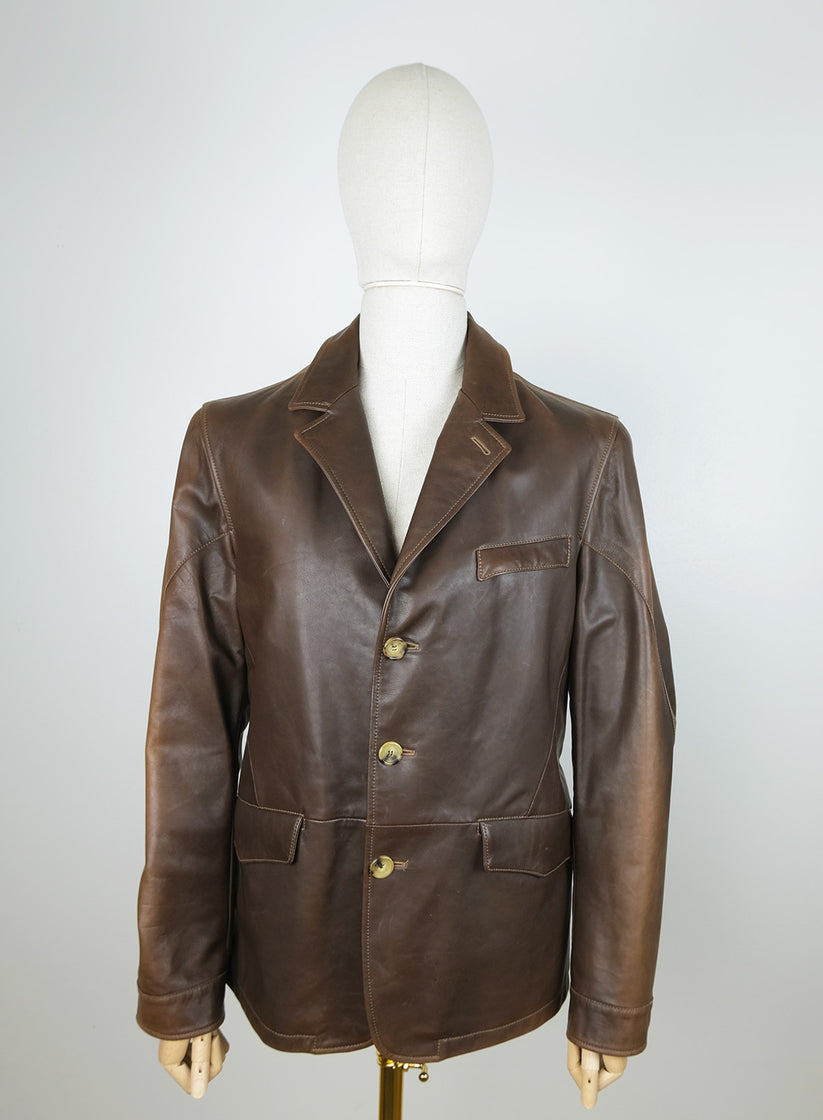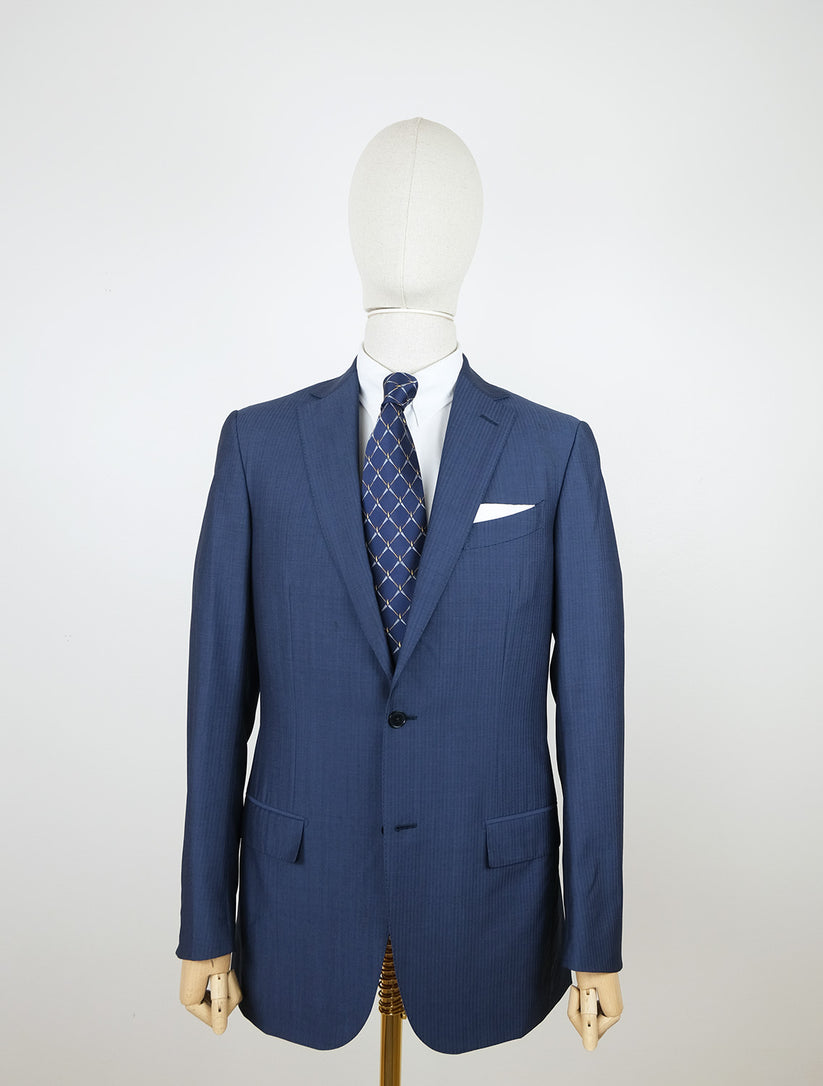Kirje nuorelle dandylle
0August 8, 2011 by Ville Raivio
Tämän päivän Vieraskynässä amerikkalainen journalisti Michael Mattis kirjoittaa dandyismin olemuksesta ja käytännöstä 2000-luvun nuoren miehen elämässä. Mattis sanailee mietteensä Palmierille, joka tässä tekstissä on todennäköisesti henkilön sijaan vain kirjallinen tehokeino ja viittaus 1400-luvulla eläneen italialaisen humanistin tuotantoon, erityisesti aikansa merkkiteokseen “Della vita civile”. Mattis tiivistää olennaisen tästä sosiaalisesta ilmiöstä erinomaisesti, keskittyen Beaun hahmoon sekä vaikutukseen ja sivuuttaen Wilden, d’Orsayn ja muut keikarit kliseinä.
Michael Mattis
Letter to a Young Dandy, Part I
“My Dear Palmieri:
It is a rare and wonderful gift for a curmudgeon such as myself to receive the praise of youth. It’s nice to know my little column is read at all, but to be solicited for advice is a singular honor.
In your brief e-pistle you mentioned that you are about to start your studies at the University of Pennsylvania and that you will be studying English and perhaps taking a minor degree in psychology. Very well, a solid grounding in literature combined with some understanding of the motives that drive human behavior can be both enlightening and entertaining. Be sure not to take either too seriously, however, but treat each with the skepticism and humor it deserves. Besides, taking anything too seriously can lead to premature laugh lines, and those aren’t funny.
In anticipation of your arrival at university, you tell me that you have, “concocted a grand scheme with a dear Friend… that involves the introduction of the Dandy way of life to that of the University.” Furthermore, you say: “Our manner of aestheticism and dress, we hope, preserves notions of Dandyism… into a frame of mind that promotes refinement of manners and elegance of speech.”
Hmm… a grand scheme? The introduction of the Dandy way of life? My dear Palmieri, while such intent may seem laudable to one so young and full of idealism, your words set this middle-aged dandy’s fop-dar a-beeping. I hope you and your friend’s “grand scheme” does not involve flouncing around the quad in poofy shirts and knee breeches proclaiming the equiprimordiality of Beauty with a peacock feather in one hand and a dime-store quizzing glass in the other in some vain attempt to civilize the unruly, suds-swilling frat rats of U. Penn. You’ll only make a ridiculous spectacle of yourself. And your followers will no doubt be the sort of pencil-necked misfits who work at the local comic-book store, and there’s nothing dandyish about that.
But I react too rashly. Let us take a step back and look first to first principles. Before we can discover how to bring dandyism with us wherever we go, we have to ask first what dandyism is. But even before we do that, let’s discuss what dandyism is not.
Dandyism is not, as has often been claimed, a response to bourgeois, middle class or “mainstream” values, manners or fashions. There is nothing so bourgeois as affecting to despise the bourgeois. Nor is it a reaction to democratic leveling, perceived authoritarian rule, bureaucracy, technology or MTV. It is not a world-altering aesthetic movement that needs to be evangelized among the heathen, the vulgar and the unwashed. It has nothing whatever to do with alienation, angst, transgression, resistance or teenage rebellion.
Nor is dandyism a canvas upon which to paint a portrait of one’s pomposity; it is not some sort of sartorial telegraph for communicating one’s alleged spiritual superiority, supposed aesthetic authority, assumed poetic sensitivity, professed exquisite taste, or fictitious aristocratic lineage. Snobbery can be fun in its place, but it is hardly a credo. Dandyism won’t necessarily make you better that the useful persons around you, like your butcher, your baker, or your mechanic, but it may make you better in some ways than you were before. But then it may also leave you, as the histories suggest, penniless and drooling in a French insane asylum, penniless and on the brink of suicide, or penniless and cursing the wallpaper from your death bed in a cheap right bank hotel.
So what is it then? Simply put, dandyism is the study and practice of personal elegance.
At first blush that may sound a trifle shallow. But the closer you look, the more complexity you will see. And you will also see just how difficult the end is to achieve in real life. Edward Bulwer-Lytton (he of “It was a dark and stormy night” fame), is often remembered as one of the windiest novelists ever to disgrace the English language. Though Bulwer could indeed be a bloviating writer, he was nevertheless a great dandy. And he said it best when he wrote, “He who esteems trifles for themselves, is a trifler. He who esteems them for the conclusions to be drawn from them, or the advantage to which they can be put, is a philosopher.”
It is said that the flapping of a butterfly’s wings in one corner of the globe can cause a hurricane in another. As an aspiring dandy, you will set your mind toward observing and uncovering the meanings hidden in the seemingly insignificant trifles that others may miss: the fall of a coat, the tint of a woman’s hair, the tilt of a hat, the stress of a vowel, the grace of a gesture, the power of a word. The pinnacle of human trifling is, of course, fashion. As an aspiring dandy, you will become a student of fashion and its long and vital story amid human endeavor. Not just fashion in clothes, mind you, though you will watch this closely, but fashion in literature, fashion in advertising, fashion in music, fashion in morals, fashion in entertainment, fashion in art, fashion in thought and even fashion in politics. All of human folly and foible will be to you layered like a great ball of string, wound up with mystery and meaning. And as you unravel the ball the significance of the individual strings will grow more evident, just as their mysteries will deepen.
The exposition of trifles has itself become fashionable in literary circles in recent years, as some historians, grown weary of treating the same weighty events over and over, have taken to exploring the extraordinary influence of apparently incidental things like pepper, coffee, sugar, codfish and even the color mauve. It is a development that has substantiated what the dandy has known since Brummell: that the world is not only made up of trifles but it is governed by triflers, and that to apprehend society one must first comprehend folly. Always remember, as Bulwer also said, “Nothing is superficial to a deep observer!”
But we will speak more about fashion later on.
Whether you plan to write poems about trifles, paint canvases about folly, pen social critiques, or merely hang back and observe Vanity Fair’s foibles with a satirical glint in your eye and a quip on the tip of your tongue is up to you. The choice is also utterly irrelevant to your aspirations to dandyism. Contrary to popular belief, to be successful, a dandy needn’t be anything other than a dandy.
In the 19th century, dandyism became associated with the cult of art and beauty called aestheticism. This was due in no small part to the influence of men like Theophile Gautier, Charles Baudelaire, Oscar Wilde, Robert de Montequiou and others, who straddled the worlds of beau monde and bohemia, celebrity and notoriety, literary salon and opium den, whorehouse and painter’s studio. In the minds of today’s scholars and intellectuals, the two phenomena have become indelibly linked.
To add to the confusion, the aesthete was widely caricatured by popular magazines like Punch and in stage plays like Gilbert and Sullivan’s operetta “Patience”. This snatch from the operetta’s key song, “The Aesthete,” is a parody of the young Oscar Wilde:
… Though the Philistines may jostle,
You will rank as an apostle
In the high aesthetic band
If you walk down Piccadilly with a poppy or a lily
In your mediaeval hand…
It is this cliché of the wilting, flower-waving aesthete in velvet britches and floppy hat, who faints at the sight of a Moreau and gushes paroxysms of joy over a Rossetti, that the contemporary world most associates with the dandy, particularly in the United States.
And the cliché lives on. No doubt you will meet the modern retro-eccentric version of the fin-de-siecle aesthete during your university sojourn. He will be resplendent in his neo-Victorian “Bunthorne” uniform, reminiscent of the costume Albert Finney wore in the film “A Man of No Importance.” You will see him in certain nightclubs and at certain parties, usually hanging around with the black-lipstick-and-eyeliner crowd, complaining in antiquated language about flip-flop-wearers, shabby grammar, reality TV, the Internet (except his own blog), athletes and how he was born into the wrong era.
The more contemporary — and to my mind the more authentic — aesthete often wears a uniform, too, but one that reflects the anger and revolt endemic to today’s art. Instead of waxing eloquent about a Whistler, our aesthete will proclaim the transgressive glories of Andres Serrano’s “Piss Christ” or Damian Hirst’s “Prodigal Son (Divided).” Oversized boots, paint-spattered jeans, an unruly mop and a crappy attitude are the likely accoutrements of his attire.
Both of these are costumes, of course, and neither has much to do with elegance (although the retro-eccentric will often confuse his effeminate extravagance for it). Dandies don’t wear costumes, but carefully chosen attire. You’re probably asking yourself, “But can’t a contemporary dandy be a contemporary aesthete?” And the answer is: “Absolutely.” But in the dandy alphabet, the “D” always comes before the “A.”
Well-known contemporary dandies that also happen to be aesthetes include the late, post-modern architect, Phillip Johnson, Barnaby Conrad III, the author of books like “Absinthe: History in a Bottle” and a painter in his own right, and, perhaps, the pop-star fashion plate Andre3000. Others have put the famed artist David Hockney in this category, but he is a bit too noisy and unkempt for my taste.
But the fact is that there have been many dandies quietly dressing away for the last two centuries or more who could not possibly care less about art for its own sake any more than they care about quantum physics. You rarely hear about them because they are only seen in passing, for they have few pretensions outside their craft. A few have been found dressing up the columns of certain publications. The New Yorker’s Robert Benchley and Vanity Fair’s Dominick Dunne are two of the ink-tinctured men-about-town that spring to mind. Others can be found in the more creative enterprises like marketing, such as Thomas Mastronardi, the branding expert recently pictured on Dandyism.net’s homepage. Still thousands of others dress each morning in splendid obscurity, doing so for no other purpose than to please themselves and the people they enjoy calling on. They may come from any of the more civilized professions, or from no profession at all. This is dandyism in its purest, most Brummellian form.
About now you’re probably thinking, “Well all of this is fine in theory, but what shall I wear?”
But the hour grows late, my dear Palmieri, my fingers are weary and I’m out of claret. You will have to wait until next time, when we discuss the dandy in practice.”
Category Dandyismi, Vieraskynä | Tags:





Leave a Reply